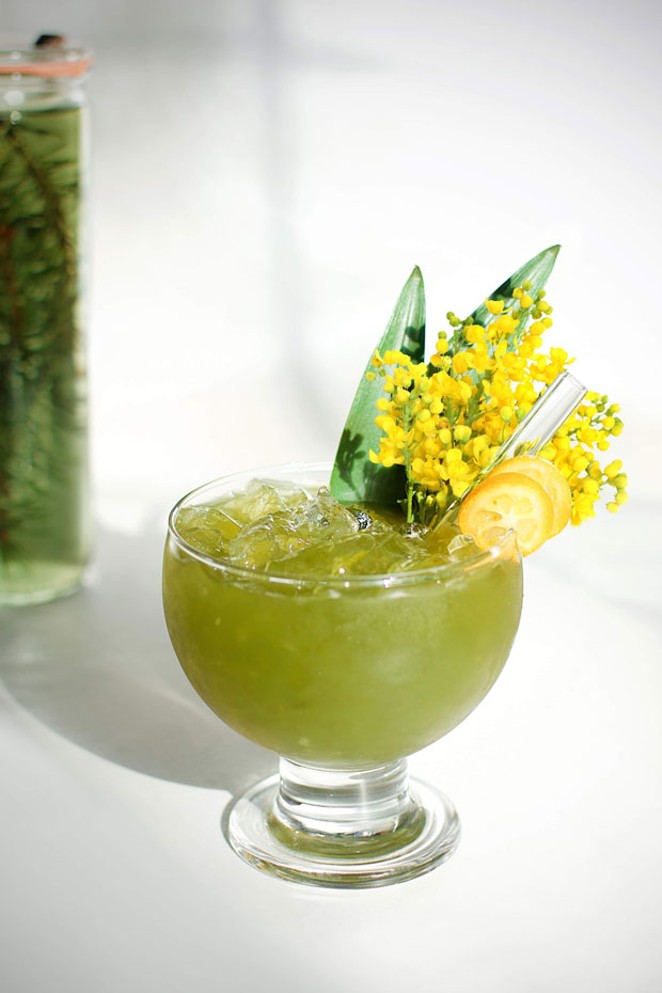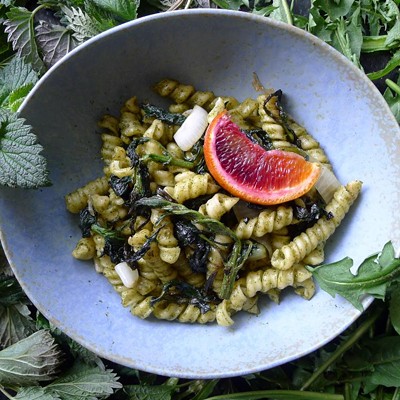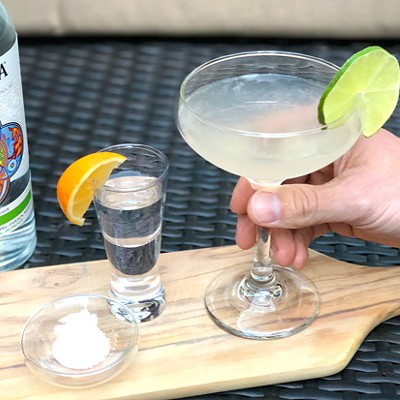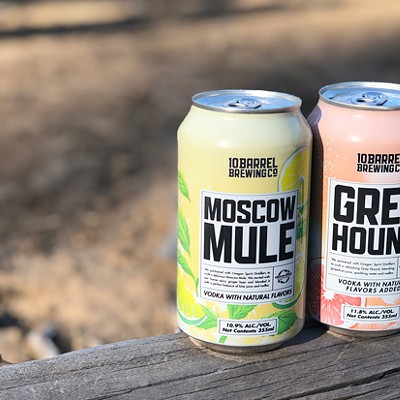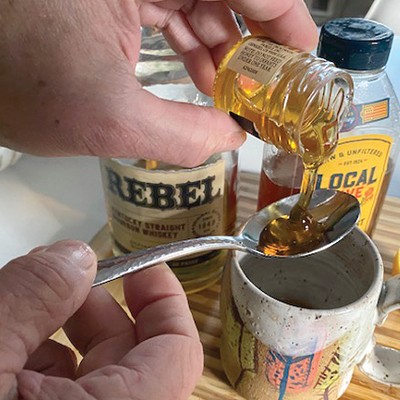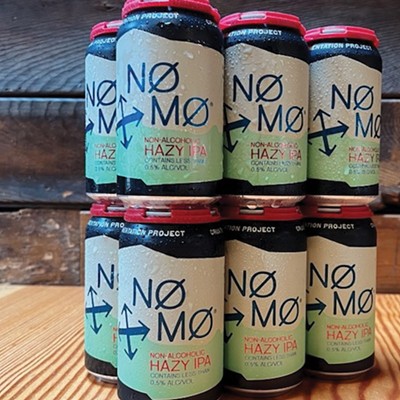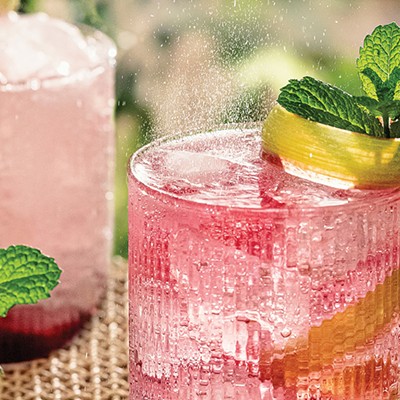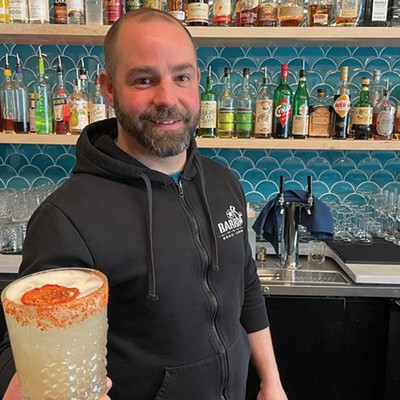Maybe it happens after a u-pick berry outing or a mushroom hunting trip in which you finally discover a stash of morels. However it comes on, foraging can be addictive. If you've ever surfed or skimboarded, you know what it's like to watch the waves curling toward you, deciding whether they're worth catching. When you do ride one, the adrenaline pushes you back to more wave watching, because an even better wave could be coming. I could stand in the ocean all day—just as I can wander through the forest all afternoon, searching for edible plants. Utilizing those forest finds in a cocktail is my favorite way to celebrate the bounty of nature.
I found someone else in the community who fancies foraged cocktails. Alyson Brown, behind the skincare brand Wild Folklore, is a flower alchemist who celebrates a flower-infused lifestyle beyond the vase. Currently she's working on a cocktail book with 50 different flowers— some foraged—expected to publish in the fall. She has some great tips on how to responsibly forage and drink what you find.
Before you go
First, educate yourself before heading out.
"Research what edible plants and flowers grow in your area," recommends Brown. Know what you're looking for, where to find them and possible preparation methods. Do research online or with books such as "Pacific Northwest Foraging: 120 Wild and Flavorful Edibles from Alaska Blueberries to Wild Hazelnuts" by Douglas Deur, or "Foraging Oregon: Finding, Identifying, and Preparing Edible Wild Foods in Oregon" by Christopher Nyerges. The latter is available at the Deschutes Public Library.
Use protection
"Know 100% what you are looking for," advises Brown. Education is protection from mistaking one plant for another. For example, water hemlock is one of the most violently toxic plants growing in North America, Brown warns.
"It can kill you and seep into your skin. It looks like Queen Anne's lace or can be mistaken for yarrow. Its big white umbrellas can look like other flowers."
Lead with respect
Brown has a few ground rules for foraging. "If it's the only flower in that location, don't pick it." She also advises, "don't take everything so they can reseed and regrow." For example, if she picks wild roses, she leaves some of the petals behind for the pollinators. Some plants are rare, or endangered, so be respectful and don't pick them.
With knowledge and a few rules, the forest is a wonderland of edible plants. "If you can get your hands on huckleberries," says Brown, "they make great drinks." She also likes Oregon grape flowers—the state flower, since "they almost taste and smell like honey." Oregon grape berries, when combined with sugar in a simple syrup, become sweet and tart. With spring burgeoning, the pine trees are beginning to grow again, and their new growth, called spruce tips, can be foraged into a cocktail. Brown likes to use the spruce tips to infuse vodka and make a simple syrup for her "Into the Woods" cocktail.
INTO THE WOODS
1 1/2 oz fir-infused vodka
1/2 oz green chartreuse
1 oz green juice (pineapple, celery, spinach, kale)
1/2 oz fir simple syrup (1:1 water, sugar + 4 sprigs of fir)
3 muddled and juiced kumquats
Slice kumquats in half and juice into a shaker. Lightly muddle the skin with the juice. Add vodka, chartreuse, green juice and simple syrup and shake over ice until the shaker is chilled. Pour over crushed ice and garnish with kumquats, Oregon grape flowers and pineapple leaves. For fir-infused vodka instructions, visit wildfolklore.com.

